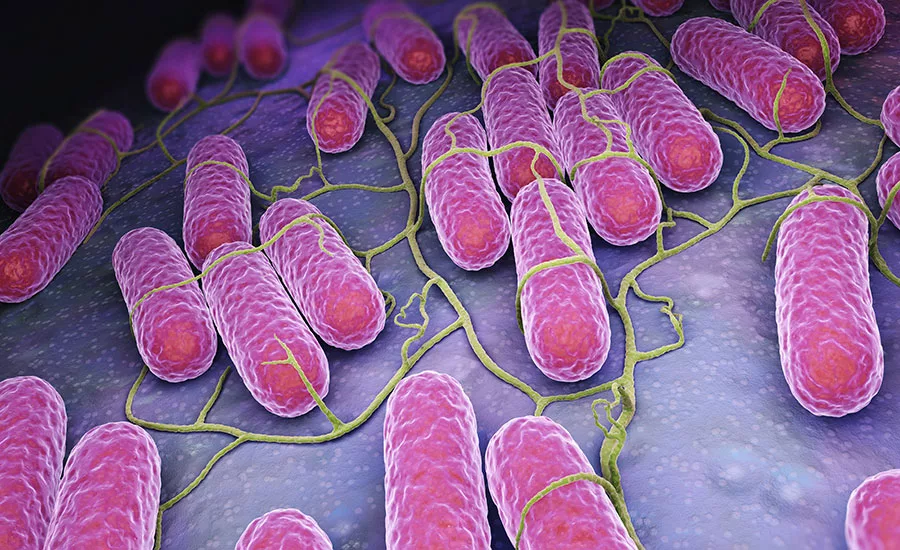Salmonella and Campylobacter Bacteria Still Resistant to Antibiotics Used in Humans and Animals

A good amount of Salmonella and Campylobacter bacteria is still resistant to antibiotics that are commonly used in humans and animals, according to a report released recently by the European Center for Disease Prevention and Control (ECDC) and the European Food Safety Authority (EFSA).
High proportions of resistance to ciprofloxacin, an antibiotic usually used to treat several types of infections, were reported in a specific Salmonella serotype known as S. Kentucky, in humans. There have also been increasing reports of S. Enteritidis resistant to nalidixic acid and/or ciprofloxacin, in several countries. Reflecting the spread of particularly resistant strains, there have been increasing occurrences of fluoroquinolone and/or quinolone resistance in these types of Salmonella.
Resistance to ciprofloxacin is so common in Campylobacter now that the antimicrobial has limited use in treatment of Campylobacter infections in humans.
The report also had a few positive findings: From 2015–2019, a decline in resistance to ampicillin and tetracyclines has been observed in Salmonella isolates from humans in 8 and 11 member states, respectively.
Also, a decreasing trend was noted in the prevalence of extended-spectrum β-lactamase (ESBL)-producing Escherichia coli in samples from food-producing animals from 13 member states between 2015 and 2019. This is an important finding, as particular strains of ESBL-producing E. coli are responsible for serious infections in humans.
Combined resistance to two important antimicrobials—fluoroquinolones and third-generation cephalospories in Salmonella, and fluoroquinolones and macrolides in Campylobacter—remain low. These antimicrobials are usually used to treat serious infections from Salmonella and Campylobacter in humans.
The report also found that the rate of E. coli bacteria in samples from food-producing animals that respond to all antimicrobials tested also increased. This was observed in nine member states from 2014–2019.
The report was based on antimicrobial resistance monitoring data, which were collected by member states as part of their EU regulatory obligations. The data were jointly analyzed by EFSA and ECDC, with the assistance of external contractors.
Looking for quick answers on food safety topics?
Try Ask FSM, our new smart AI search tool.
Ask FSM →







